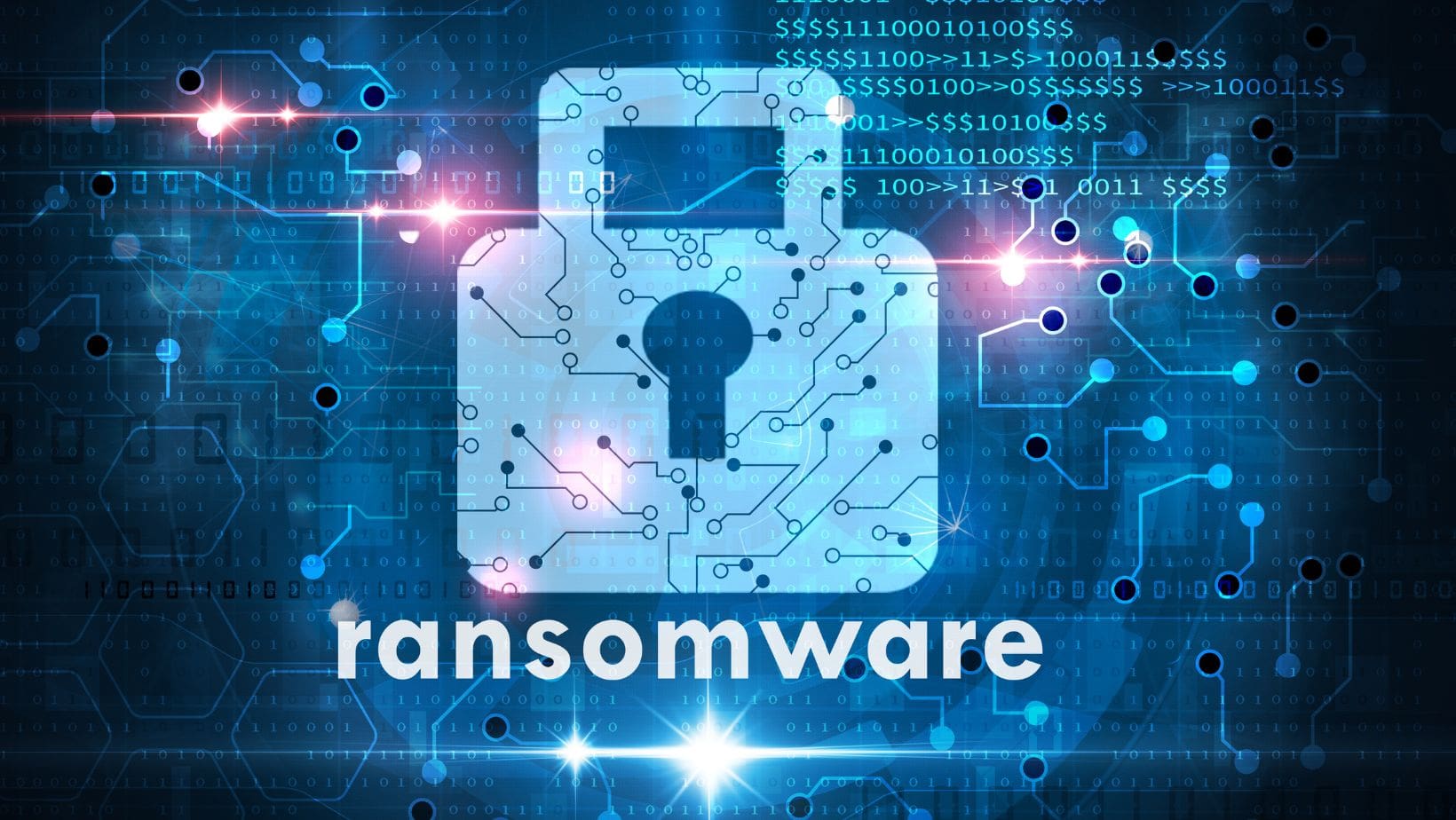You may have heard of Quantum ransomware (Ransom.Quantum), a new threat that’s been making the rounds lately.This post will detail the indicators of compromise (IoCs) that can help you determine if your system has been infected with Quantum ransomware. We’ll also cover what actions you can take to remediate an infection.What Is Quantum Ransomware?You’ve probably heard of Quantum ransomware—it’s been all over the news lately. But just in case you haven’t, let me give you a quick overview.Quantum is a new ransomware variant that was first spotted in February of this year. It’s pretty nasty, and it’s been on the rise lately. It encrypts all your files and then demands a ransom payment to release them.As if that wasn’t bad enough, Quantum also uses a new technique that’s designed to make it more difficult for victims to recover their files without paying the ransom. So if you’re unlucky enough to get hit by this malware, you’re pretty much screwed.How Does Quantum Ransomware Work?Quantum ransomware is a fairly new strain of ransomware that first appeared in late 2017. It works similarly to other ransomware families, such as Locky and Cryptolocker: once it’s installed on a victim’s computer, it encrypts all the files on the machine and then demands a ransom payment to decrypt them.However, what makes Quantum ransomware unique is that it uses a public key infrastructure (PKI) for file encryption, rather than the usual symmetric key cryptography. This makes the encryption process much slower and means that the victim is more likely to notice the impact of the ransomware on their system.Who Is at Risk of Quantum Ransomware?You might be wondering if you’re at risk of getting Quantum ransomware. The short answer is that anyone can be targeted, but some people are more likely to be targeted than others.Threat actors are most likely to go after organizations rather than individuals because they offer a bigger payoff. And they’re more likely to go after large organizations than small ones because the process of infecting and extracting data from a large organization is more complex.But that doesn’t mean individuals are off the hook. Anyone can be targeted, so it’s important to be vigilant and have a solid security posture in place.How Can You Protect Yourself Against Quantum Ransomware?There are a few things you can do to protect yourself against Quantum ransomware. First, make sure you have a good antivirus and antimalware solution in place. Secondly, make sure you’re keeping your software up to date. Third, be careful what you download and open—especially if it comes from unknown sources.And finally, back up your data regularly. That way, if your computer does get infected with Quantum ransomware, you’ll at least have copies of your files safe and sound.What to Do if You Are Infected With Quantum RansomwareIf you’re unlucky enough to be infected with Quantum ransomware, your best bet is to take immediate action. Here are the steps you need to take:1. Disconnect your computer from the Internet.2. Back up your files.3. Use anti-virus software to scan your computer for malware.4. Try to restore your files from a backup.5. If you can’t restore your files, contact a professional data recovery service.How to Remove Quantum RansomwareIf your computer has been infected with Quantum ransomware, there are a few things you can do to remove it. First, you should disconnect your computer from the network and disable any wireless cards. Then, you should scan your computer for malware using up-to-date antivirus software.If you are unable to remove the ransomware manually, you can use a tool like Symantec’s Ransomware Removal Tool to help you. This tool is designed to specifically remove ransomware threats like Quantum, and it can be downloaded for free from Symantec’s website.ConclusionQuantum ransomware (Ransom.Quantum) is a relatively newform of ransomware that has been observed in limitedattacks. The ransomware encrypts files on the victim’s computerand then displays a ransom note asking for payment inBitcoin.Symantec has observed new attack activity involving theQuantum ransomware. Threat actors were observed using the NPPSpy tool to collect login data, including cleartext passwords, from compromised machines. NPPSpy is a network provider/credential manager DLL that monitors for and extracts credentials and stores them in cleartext in a log file.If you believe your computer may have been infected with Quantum ransomware, please refer to the following indicators of compromise:– NPPSpy DLL on the system– Ransom.Quantum file present on the system– Encrypted files with the .quantum extension
The Indicators of Compromise for Quantum Ransomware
by admin | Oct 29, 2022 | Cyber Security | 0 comments


